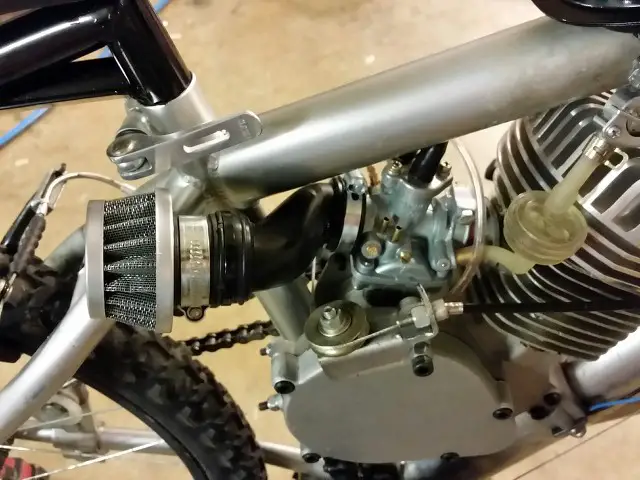Crysisfreak7
New Member
My engine arrived a few days ago, i have everything assembled and am still working on the brakes and handlebars, but the clutch when disengaged had alot of resistance and felt like it was still engaged. I opened the clutch assembly, and all i did was remove the lock screw and flower gear, then the floating plate, and the clutch lever suddenly increased its movment resistance. I but everything back where it was and now, when i push the lever all the way out, i can rotate the clutch wheels without rotating the engine, but if i puch it in, it engaged the engine, i am not sure if it will roll right not, but i dont think the clutch lever on my handlebars will work right now, and i dont know what to do now.



